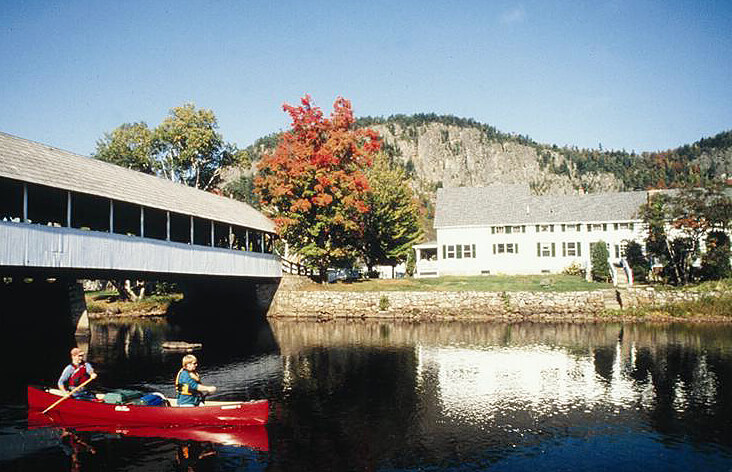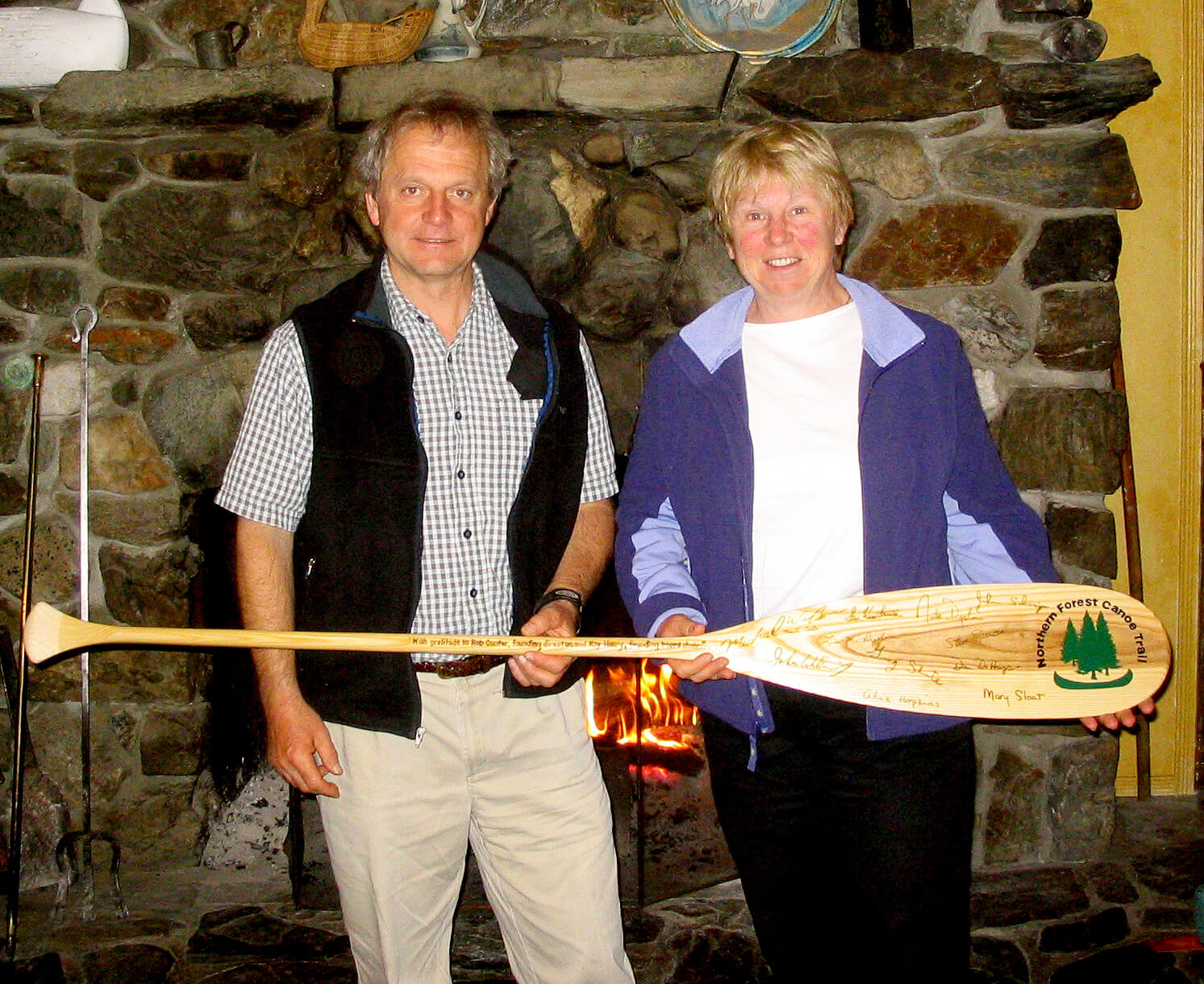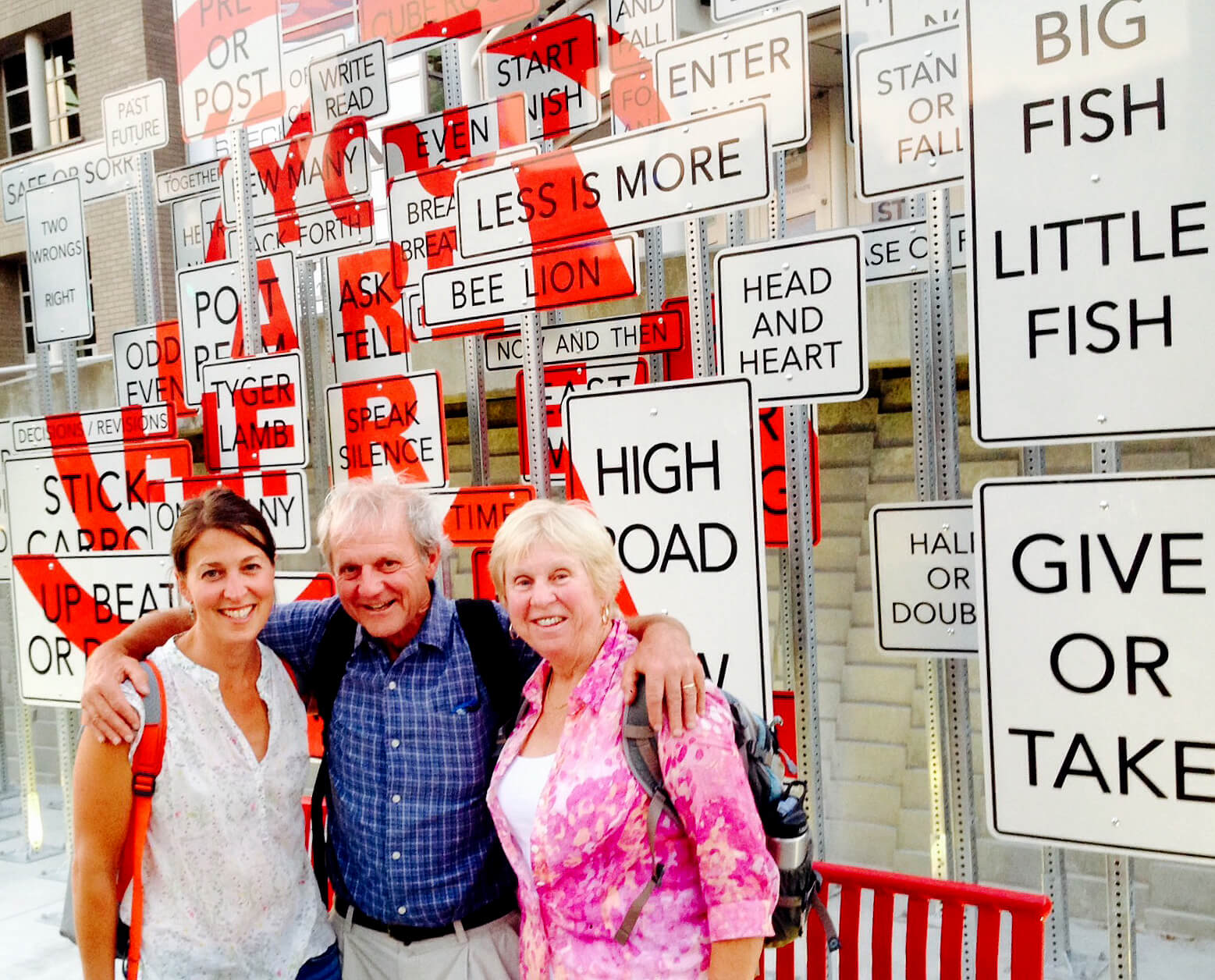2020 marks the 20th anniversary of the Northern Forest Canoe Trail. To celebrate this milestone, we’re connecting with the people who helped make the NFCT what it is today.
The Northern Forest Canoe Trail, in its physical form, has been around, well, forever. The rivers, ponds, lakes and portages that make up the 740-mile trail that spans four states and one province have been used by Native Americans, settlers, loggers, anglers, paddlers and more for centuries.
It was Kay Henry and Rob Center, though, who looked at the collective history and writings about the NFCT and began working toward creating one of the world’s premiere adventure paddling experiences, as well as the nonprofit organization tasked with stewarding and promoting it.
What follows is part one of a three-part interview series with Kay and Rob.
Chris Morris: Let’s start by getting to know the two of you. What are your backgrounds and what led you to paddlesports and the NFCT?
Kay Henry: I ended up in Vermont in 1970. My first husband and I started Mad River Canoe in 1971. I was on the business side, and Jim was the designer and boat builder. In 1986, I bought out the business, and he stayed on as designer. Rob started working for us in 1984. I sold Mad River Canoe as part of a merger with Wilderness Systems kayaks to Confluence Watersports in fall of 1998.
Rob Center: I moved to Vermont from Maine in 1976. I started and operated a Nordic ski area at the time when Vermont was the epicenter of cross-country skiing in the U.S. I got to know the Mad River Canoe team because as the snow melted in March, I held a unique four event triathlon that consisted of paddling, biking, running and cross-country skiing in the Mad River Valley. I began working summers there, then full-time as National Sales Manager with Mad River in 1984-1985, at the beginning tide of the growth of paddlesports.
Kay: I always felt that canoeing was part of the larger outdoor experience, not just its own thing. At Mad River Canoe we developed programs collaboratively with other larger outdoor businesses. For example, when Chevy Truck took us on as a partner, Mad River canoes were positioned on their trucks in national advertising venues. We were working with bull riders, bass fishermen — it was fun, it was great. Eventually I was elected to the board of the Outdoor Industry Association to work with the entire industry.
Rob: We also had a presence with conservation. Kay served multiple terms on the American Rivers board. I was working with the American Canoe Association, which led to a board position. Not only do you paddle, you probably camp, and when you camp, you go for a hike or a walk. We saw our colleagues get so caught up in paddling niches and miss the bigger picture. So, we really pushed from 1986 to 1998 to broaden appeal of canoes and the outdoor experience. We created a national try before you buy promotion, “You Can Canoe! Days” for our outdoor specialty retailers that led to the involvement of The North Face, Timberland, and even Patagonia to stop a mine project in Yellowstone. Partnerships with other larger companies in the outdoor industry were always key to what we did.
Chris: How did the idea for the NFCT start to take shape?
Kay: One of the things we learned at Mad River is that we weren’t just selling a boat, we were selling an experience — giving people ideas of where to go once they bought their boat became very important to us.
Rob: Kay and I always hated to see what we called “sunburned canoes” — canoes that sat upside down on racks, not getting used. So we created a feature in our annual product catalog called “MadVentures.” Our boats were being used all over the globe, so we wrote features about them. People were asking us about where to go. We saw that destination paddling was growing in popularity. At the pinnacle of Mad River Canoe, there were what we viewed as two premiere destinations in the USA — the Boundary Waters and the Allagash Wilderness Waterway. Then kayakers realized you could do these paddling/camping adventures along coastlines — the Washington Water Trail, the San Juan Islands, and in the East, the Maine Island Trail. These “blue ways” were complimenting other popular long-distance routes like the Appalachian Trail.
Mad River Canoe sponsored paddlers on trips to places like the Grand Canyon, the Arctic — and a group that was doing a trip across Belize along Incan routes. That happened to be Ron Canter and his friends from Native Trails — Mike Krepner and Randy Madres. I learned that Mike was researching paddle routes connecting New York to Maine. We sort of realized that while we were promoting “MadVentures” all across the globe, but nothing close to home. We thought Mad River could make even more of an impact locally, so we featured the Northern Forest Canoe Trail, unveiling it in our product catalog in January 1998. It got a lot of people excited.
Kay: When we sold the company later that year, the new ownership cut the funding to Native Trails. Mike at the time was sort of letting the idea go as well for it was demanding far more of his time at the expense of running his own sewing business.
Rob: It was in the summer of 1999 that we reconnected with Native Trails and conversations eventually led to our interest in creating a non-profit organization to preserve paddling access in the Northeast. They really were interested in researching and recording native travel routes, not managing an organization. So we asked if Native Trails would relinquish their research and step back, and if so, we would start a nonprofit to build out the trail, and in 2000 the effort to create the organization began.
Kay: Rob and I started talking to colleagues from the outdoor industry about the NFCT, and we started looking to business and corporate sponsors about the idea of creating and maintaining this 740-mile paddle route. The time was ripe for us to create the NFCT organization.
Chris: What was the process for getting the organization established?
Rob: Our for-profit work with Mad River gave us connections to a lot of nonprofits; Kay served on several boards. We knew the key was to have a credible business plan. In 2000, we spent time at home learning about the work that Ron, Mike and Randy had done, getting our arms around what already existed. At that point, there was no money; it was just passion on our part. That’s when Kay began to look at how to get funding from outside the outdoor industry.
Kay: I went to the US congressional representatives in the four states. I had a relationship with Senator Leahy that was really key; we got several appropriations from the federal government through the Interior Department with his help. Leahy really took the lead on this — he saw it as a legacy project for the economic development of this region. Rob searched out different community leaders — educators, environmentalists, people who would be interested in sharing the history, geology and other aspects of their section. While he did that, my job was to get the money.
Rob: We knew that to be successful, the entire project had to be grassroots led by local communities. The people in the communities connecting the trail had to feel like it was theirs. The concept of these routes— trying to figure out how to map, obtain landowner permissions, and create an organization across this very rural, economically challenged part of the Northeast, trying to establish the process itself — it was difficult.
Stay tuned for the next installment of our 20th anniversary interview series with Rob and Kay. Part two will focus on the early days of the organization, including creation of maps and establishing the NFCT as a brand and experience.


